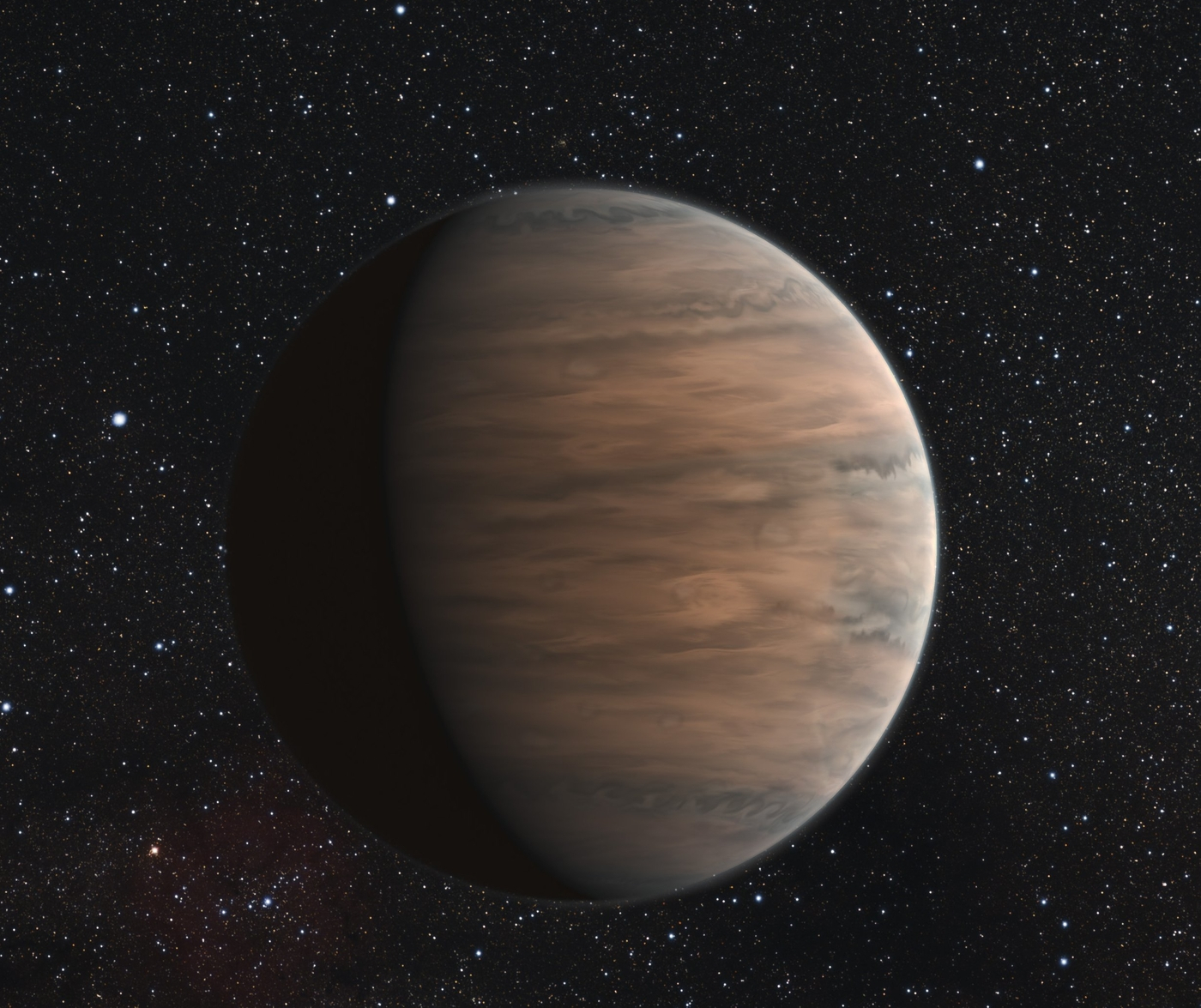Forecasting alien clouds

Xi Zhang always has his head in the clouds…of other planets. The assistant professor of planetary sciences has built a powerful computer model that can simulate how individual molecules in a planet’s atmosphere coalesce and grow into billowing clouds.
Far from fluff, planetary clouds can provide insights into how planets form and evolve, Zhang said. In addition, understanding clouds on exoplanets could also be crucial to detecting alien life, outed by tell-tale atmospheric chemical signs.
That has not happened yet. In the meantime, however, the model has proved useful in helping to explain a puzzle involving “hot Jupiters.” While some of these close-to-their-stars, Jupiter-sized planets show a strong chemical signature for the presence of sodium, others mysteriously show much weaker signals. For the latter, Zhang’s research suggests that a thick haze is likely obscuring the view.
More recently, the model has helped explain why some brown dwarfs, despite their name, appear so red. These balls of gas aren’t massive enough to ignite and become stars, but they do emit a reddish tinge. Diana Powell, one of Zhang’s graduate students, has shown that the hue comes from smaller particles high in their atmospheres, where lower temperatures cause them to glow red. This possibility eluded earlier models, which couldn’t predict the size distribution of the particles in these alien clouds.
—Marcus Woo

